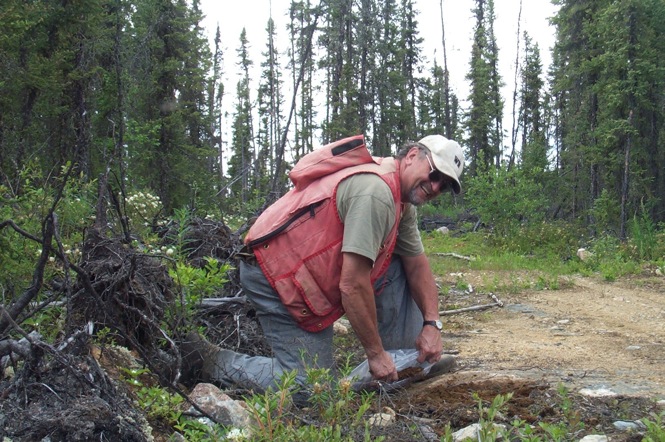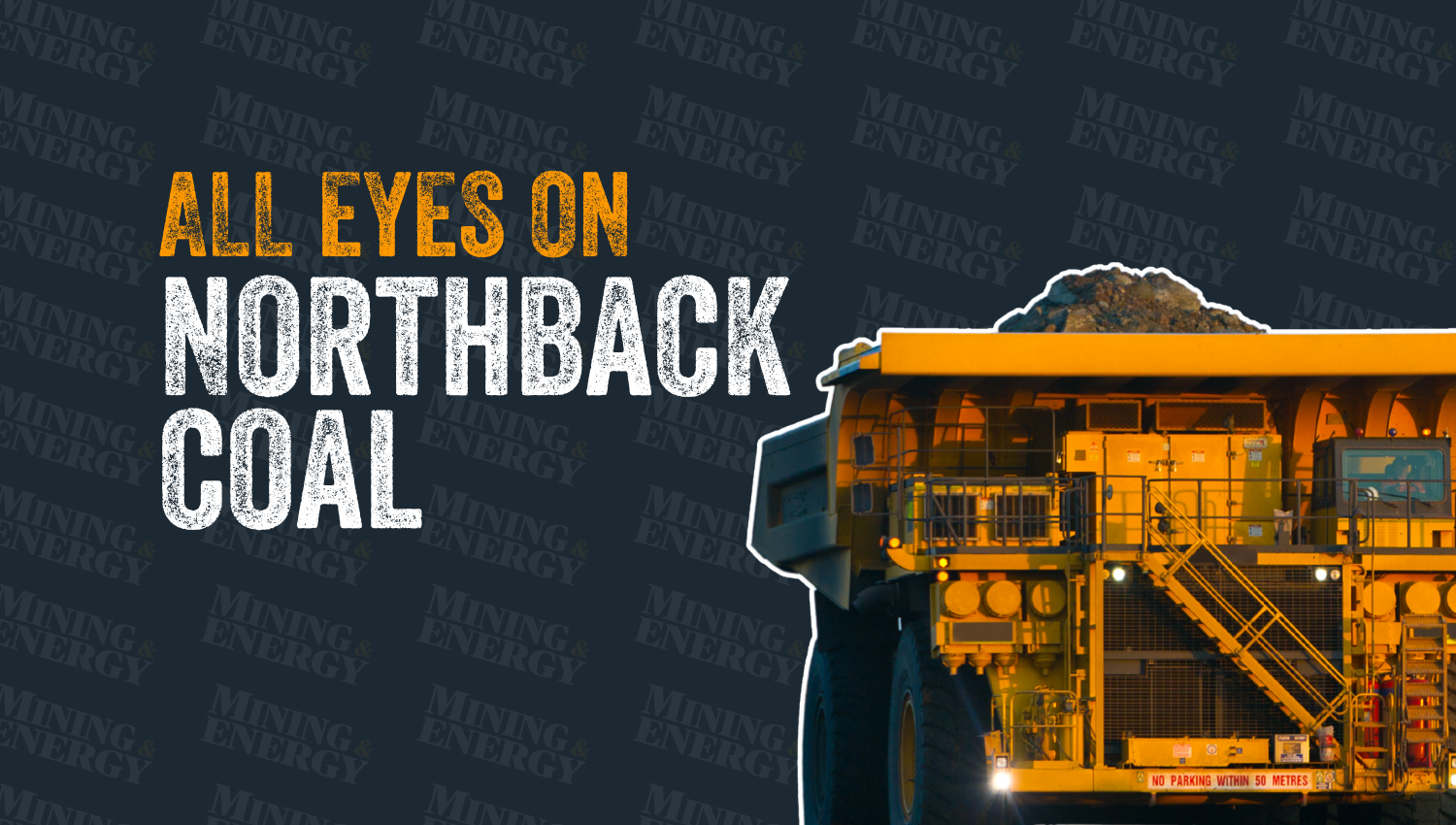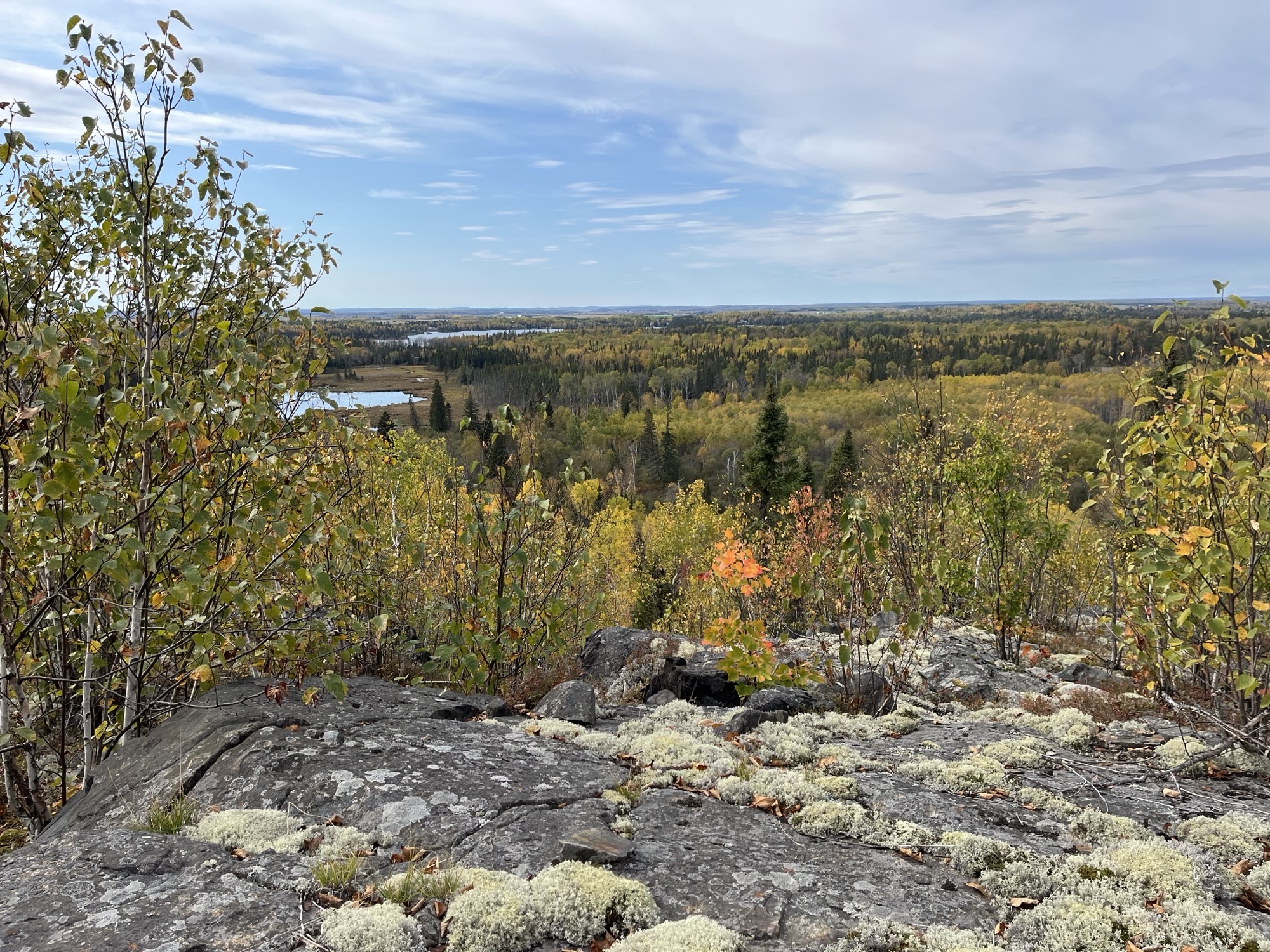The calling of the earth

Klaus Lehnert-Thiel gathers till samples at Waddy Lake in the La Ronge gold belt in 2005. — Photo courtesy Klaus Lehnert-Thiel Many major projects an
Klaus Lehnert-Thiel gathers till samples at Waddy Lake in the La Ronge gold belt in 2005. — Photo courtesy Klaus Lehnert-Thiel
Many major projects and mineral studies in northern Saskatchewan have involved the expertise of Klaus Lehnert-Thiel. After all, the Austrian-born geologist has made several discoveries through either leading or being a part of exploration teams. Now, at 72 years of age, he’s mostly retired but leaves a number of accomplishments and awards in his career wake.
Lehnert-Thiel grew up in Austria and decided to go into a mining career after visiting a mine up in Sweden following his completion of high school.
He attended the University of Leoben in his home country and came over to Canada as part of a program requirement to gain practical work experience. He started in Ontario, but eventually worked his way over to the La Ronge gold belt in Saskatchewan. After another few years at Leoben for his PhD, Lehnert-Thiel came back to Canada and started to make his mark in the exploration industry.
“I was absolutely excited, to be in the bush and looking for mineral deposits,” Lehnert-Thiel said.
In 1974, he was hired on by Uranerz Exploration and Mining Limited, where he was part of a team that discovered uranium deposits at Key Lake and Maurice Bay.
Over the course of a dozen or so years, Lehnert-Thiel worked his way through management to top out at vice-president of exploration, overseeing exploration of all Uranerz properties across Canada.
Lehnert-Thiel soon began making a name for himself in the uranium exploration business, either by being a member of teams or leading teams that made some significant discoveries.
The Key Lake uranium deposit was discovered a team of geologists which included Lehnert-Thiel in 1974, followed by the Maurice Bay deposit in 1975—both in Saskatchewan.
After Lehnert-Thiel took over Uranerz’s exploration efforts across Canada in 1978, discoveries of uranium prospects in Otish Basin and Gayot Lake in Quebec were made. He also played a part in acquiring the land that contained the Dragon Lake uranium discovery in 1988.
That same year he identified kimberlites—volcanic rock that can contain diamonds—near Fort a la Corne in central Saskatchewan.
“That’s the one we found with Uranerz because we were so bored with uranium,” he joked. “So we did kimberlite exploration on the weekends and suddenly we stumbled over it.”
Lehnert-Thiel was so convinced the geological anomalies pointed to the presence of kimberlites that he staked claims out of his own pocket before anyone else could snatch it away.
In addition to uranium and diamonds, Uranerz also moved into gold exploration; Lehnert-Thiel sat on a joint venture management committee with Cameco as it discovered and built up the Star Lake and Contact Lake mines.
Lehnert-Thiel's exploration efforts also led to the discovery of the Bingo deposit in the La Ronge gold belt.
Lehnert-Thiel left Uranerz and moved over to Golden Band Resources in 1993, serving as a company director and heading back to the La Ronge gold belt to explore 73,000 hectares of company-claimed property.
His prospecting work, which covers all of Golden Band's properties, led to the discovery of several new gold showings, most notably the Memorial deposit.
During his transition from Uranerz and Golden Band, Lehnert-Thiel devoted more time to tackle a problem he’d noticed countless times while out in the field.
Accurate bulk till sampling readings are important because the data can indicate the likelihood of mineral deposits. When there are anomalous readings, samples are sent off to a lab to confirm their accuracy—but results can sometimes take up to three months for processing, which is the length of an entire field season.
“When we took till samples, we had to wait so bloody long and I started to tinker around with how to accelerate that,” said Lehnert-Thiel, “and the idea was born right there by frustration.”
Lehnert-Thiel used wet sieving to screen his samples and then ran them through a Knelson concentrator. Once he had the concentrate, he figured out a way to manually pan it. The process allowed him to interpret dispersion trains of gold grains in glacial tills—valuable information that indicates the presence of a gold deposit—all while working in the field.
One of the legacies Lehnert-Thiel leaves is his involvement in the creation of a diamond recovery plant with the Saskatchewan Research Council in the early 1990s. Originally built to serve Saskatchewan, the facility has now become a world-class laboratory that processes and extracts diamonds for companies across the globe.
In 2005, Lehnert-Thiel was diagnosed with leukemia, and this meant that he had to step back from work while he underwent aggressive chemotherapy treatment.
“The doctors told me I was going to die within 16 to 18 months and, well, I didn’t die, so I’m back in the game,” Lehnert-Thiel said.
The Saskatchewan Geological Society named Lehnert-Thiel to the society’s Honour Roll in 2006 and was awarded the Saskatchewan Centennial Medal from the provincial government the same year for his contributions to geological exploration. In 2010, he bestowed with an Outstanding Achievement Award by the Association of Professional Engineers and Geoscientists for Saskatchewan.
For now, Lehnert-Thiel will continue his involvement in Golden Band projects as the company ramps its production and operations at Roy Lloyd Mine and the Jolu mill.




